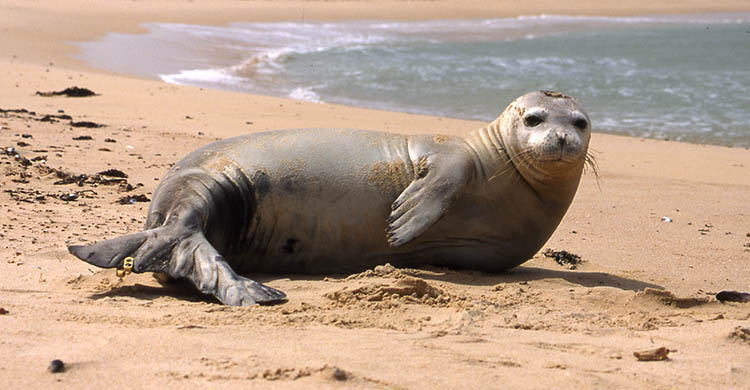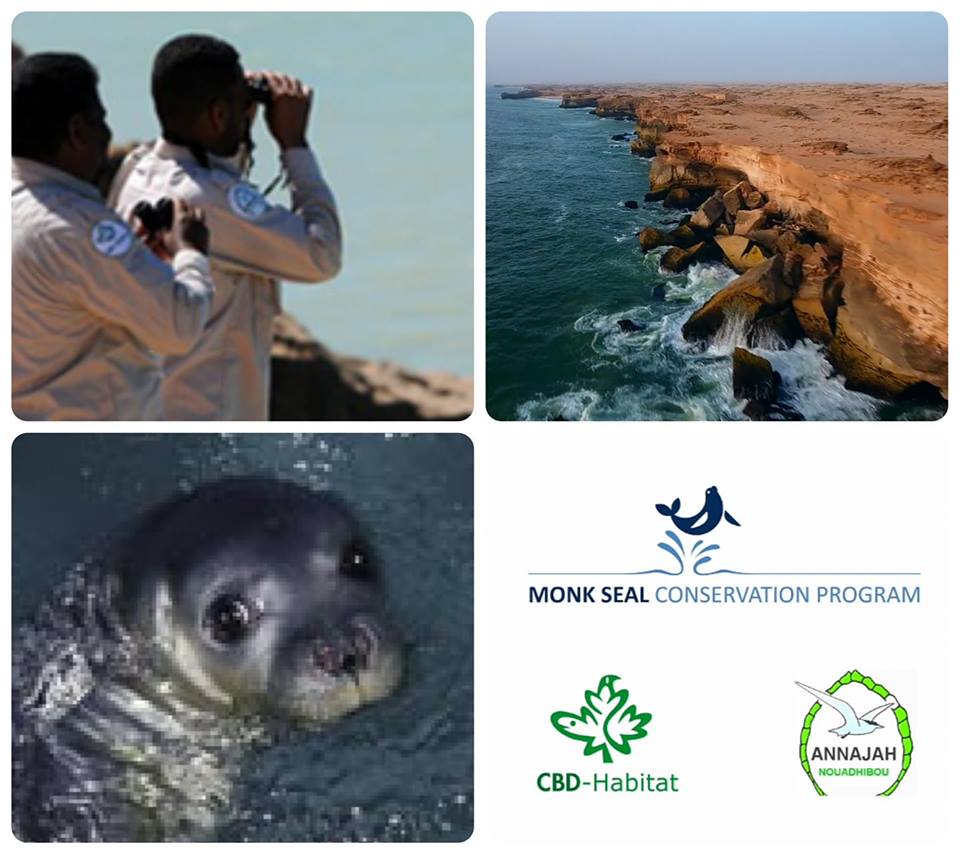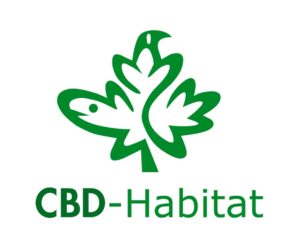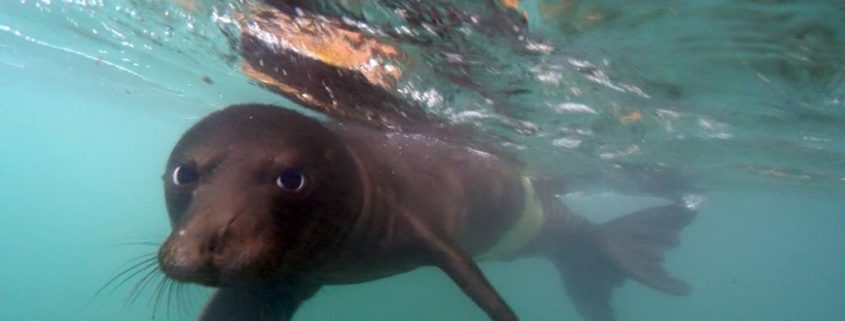Mediterranean Monk Seal and the Convention on the Conservation of Migratory Species of Wild Animals
The size of the Mediterranean Monk Seal population of Mauritania’s Atlantic coast is recovering after centuries of continuous decline. The species’ largest colony in the Cabo Blanco peninsula has more than tripled since 2004. Thanks to the effective implementation of a regional Action Plan, it now numbers 360 individuals. Two decades ago, the Cabo Blanco colony was on the verge of extinction, but the Action Plan under CMS has managed to turn the tide. A similar programme is now emulating the successful strategy for the conservation of a smaller colony of the species in the Madeira islands. The Mediterranean Monk Seals (Monachus monachus) used to thrive throughout the entire Mediterranean Sea—from the eastern Atlantic Ocean to the Black Sea. From the 15th century, the seals were hunted for their fur, skin, meat and blubber. These massive persecutions, along with rapid development of coastal areas, decimated a large portion of the species and drove the remaining populations—formerly used to resting and breeding on open beaches– into secluded off-shore caves. At the outset of the 20th century, the species seemed to have gone extinct, until the colony alongside the Cabo Blanco peninsula was discovered in 1945. Half a century later, during the 1994 COP meeting in Nairobi, the CMS Parties encouraged the Range States to embark on a concerted action for the conservation of the Monk Seals, following the Scientific Council’s earlier recommendation. To monitor progress, the Parties agreed on a formal review process to take place in subsequent COP meetings. Then in 1997 an outbreak of algae toxins in the food-chain caused a massive die-off in Cabo Blanco, ultimately killing around 200 seals— two thirds of a colony which had formerly numbered 350. This mass mortality rendered conservation measures to protect the remaining animals all the more urgent.

Under the CMS framework, Spain initiated an Action Plan in 2000 and has implemented it together with Mauritania, Morocco and Portugal. In 2007 the four countries concluded a Memorandum of Understanding (MOU) to provide an intergovernmental legal and institutional framework for the further implementation of the existing action plan.
The Spanish Foundation ‘CBD-Habitat’ has led the programme since its inception and has carried it out in cooperation with the Mauritanian NGO “Annajah”. The programme is based on three pillars:
- A 7km coastal stretch has been designated as a national reserve (“Costa de las Focas” – “The seals’ coast”). This is a succession of cliffs with inaccessible sandy caves where the seals breed and rest. Fishing activities in the surrounding waters as well as people’s access to the cliffs have been banned.
- Educational programmes have increased awareness among local communities and provided artisanal fishermen with training in safe and sustainable fishing.
- Thirdly, the deployment of new technology facilitated close monitoring of the seals. High resolution cameras capable of self-cleaning and self-repairing and adapted to rough waters were placed inside the breeding caves. GPS trackers attached to the rear flippers of the seals disclose their movements at sea. These help close knowledge gaps and improve protection of the colony.
So far, the Action Plan has yielded impressive results. The size of the Cabo Blanco population has now exceeded the pre-1997 level. Monk Seals are once again making regular use of open beaches across the reserve to breed, while the birth of the first seal pup on an open beach ten years ago was greeted by conservationists as a sensation.
More information
MoU on the Mediterranean Monk Seal
Convention on the Conservation of Migratory Species of Wild Animals:
https://www.cms.int/en/news/mediterranean-monk-seal-back-brink
https://www.miteco.gob.es/es/biodiversidad/legislacion/leg-internacional-bonn.aspx
https://www.un.org/ruleoflaw/es/un-and-the-rule-of-law/united-nations-environment-programme/
CBD-Habitat Foundation
https://2020.cbd-habitat.com/foca-monje-del-mediterraneo/
https://www.mediterraneanmonkseal.org/?page_id=44

Thanks to Itzik Pazuelo, during his internship at the Joint CMS + AEWA Communications Unit.




Leave a Reply
Want to join the discussion?Feel free to contribute!